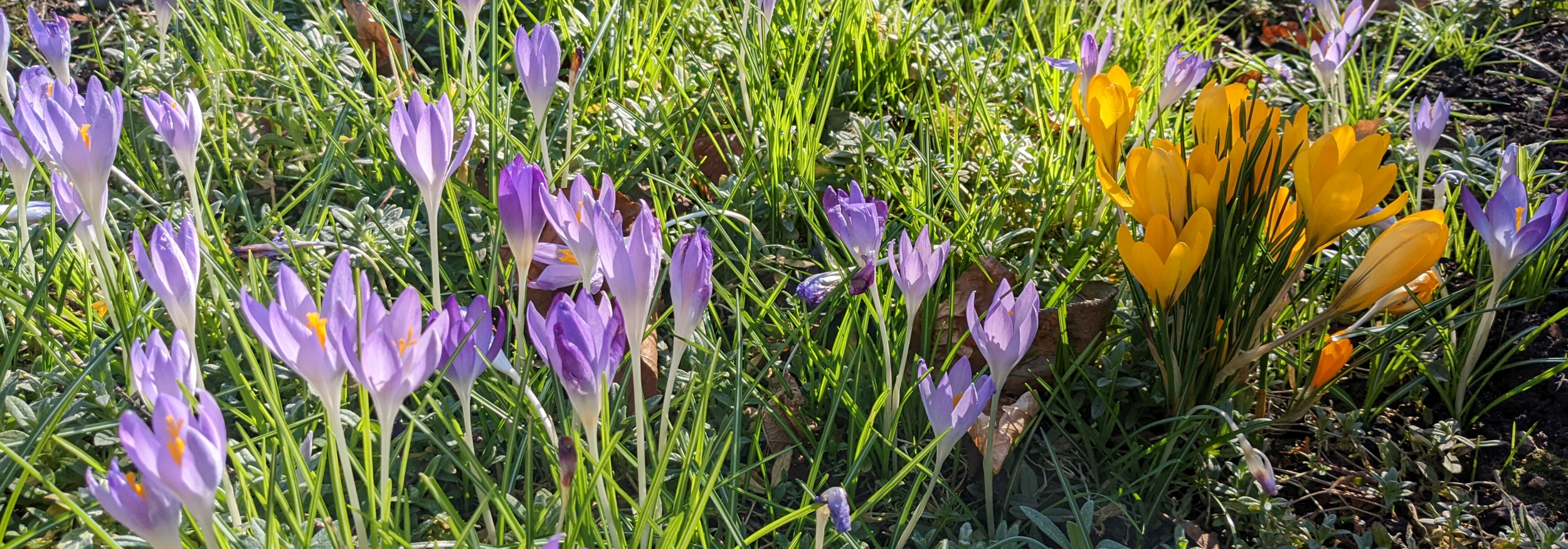Who needs water?
/In my glasshouse, I grow many different types of succulents and cacti. In the spring it is a perfect setting for bringing on seedlings and tender plants, but by the summer it gets rather warm – today it reached 46`C. The best thing about succulents and cacti is that they are xerophytes, plants that have adapted to survive arid conditions, so they do not need watering every day. Here in Essex, we tend to have hot dry summers with the attendant watering requirements, so having to add glasshouse plant watering duties to those might just be the proverbial camel’s straw. This year, with such a warm and sunny spring, many of us had to start watering beds and kitchen gardens early, as, despite the wet winter, the ground dried up fast. Maybe we haven’t reached the need for desert plantings, but do look at the label when buying plants as if it says ‘requires moist soil’ and all you can offer is Essex drought, your watering can is going to get a lot of use in the future. I grow a variety of Rudbeckia which droops badly on every dry, sunny day, although it recovers once the sun goes down. It is a perfect example of wrong plant in the wrong place. One day I will move it…
All plants vary in drought tolerance, but what happens when they don’t get enough water? Most will wilt but survive after a good soak, but prolonged dehydration may cause a plant to reach its permanent wilting point, when it can no longer recover its turgidity, however much water its roots receive. A wilting plant isn’t necessarily about to expire, but it is a sign of stress and if drought is compounded with high temperatures, damage can occur very fast, which is why those grown under glass are most vulnerable – along with new plantings, seedlings and container grown plants which either haven’t developed a good enough root system yet, are just too small to combat dehydration or have no scope to send roots deeper into the ground to seek out water.
Most non-woody plants rely on a constant uptake of water to maintain pressure in their cells so that they remain erect. They take water & minerals from the soil through their roots, up the stem and into the leaves. Small openings on the leaf surface called stomata allow the plant to take in carbon dioxide for photosynthesis and to release oxygen and water vapour. If it is too dry, hot, or windy, or a combination of all three, the plant will close its stomata to limit water loss, so causing it to wilt as water pressure reduces, and then opening them again once watered.
Xerophytes do not just grow in glasshouses in the UK. Many of our herbs are adapted to withstand Mediterranean summers and we have a number of succulents that will grow in the garden without protection. Houseleeks (Sempervivum) grow on my roof, these apparently not only protect the inhabitants from lightning strikes, but also from witchcraft, so we are covering both eventualities. They shrivelled up badly throughout this spring but have plumped up after the recent rain. Stonecrops (sedum spp) are another group of succulents which grow happily in dry and sunny places outside here in Essex, as do some Echeveria species. The key words here are ‘dry’ and ‘sunny’.
To some extent all (almost, we are not talking about marsh or aquatics here) plants will tolerate a certain level of drought. Adaptations vary: some wilt, others drop leaves prematurely, some cease to grow until it rains, some flower prematurely and fruiting plants will often drop fruit to reduce their water needs. Xerophytes beat other plants hands down, however. Changes to leaf size, structure, colour, and texture helps to reduce the surface area from which water can be lost and reflect heat away from the plant. Cacti and succulents store water in their stems and cacti have done away with leaves (they became the spines) and branches altogether.
Just one small thing before I leave, cacti also have the most glorious flowers, get the conditions right and the glasshouse can be a riot of colour in spring and early summer. Now, time to water the greenhouse and all those thirsty large leaved tomatoes and cucumbers!



